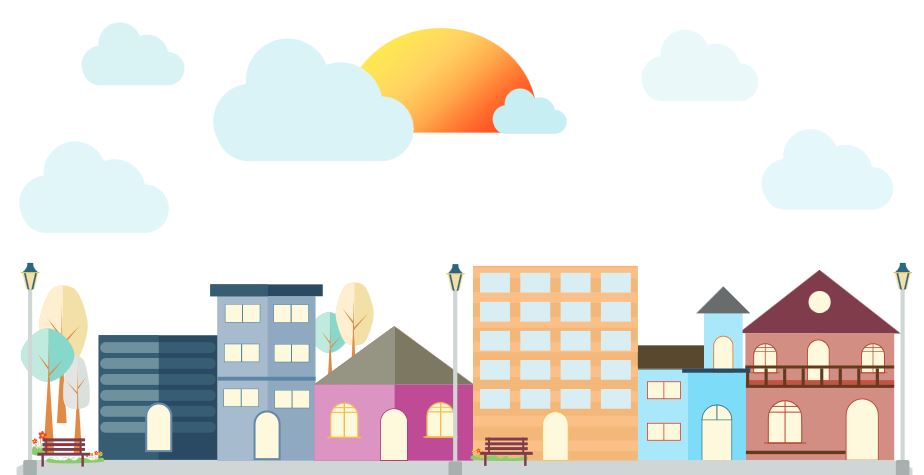AARP Hearing Center

St. Petersburg is building fitness parks with exercise equipment. Miami-Dade is educating store owners on how to attract customers from all generations.
And Hallandale Beach is getting the word out about low-cost programs to maintain and modify homes, helping older residents age in place.
These localities are members of the AARP Network of Age-Friendly States and Communities, preparing for a demographic wave that’s already hitting Florida.
Out of 20.8 million residents, 5.5 million are 60 or older. Compared with the rest of the country, the state has the highest percentage of people 65 or older.
Next month, communities will celebrate five years of age-friendly efforts in Florida with a tour that will highlight ongoing projects and plans.
In 2015, Sarasota County became the first locality in Florida to join the AARP network. Since then, 34 others have followed, along with the state itself, which earned its age-friendly designation last April.
Established in 2012, the AARP network now includes six states, one territory and 440 communities nationwide, and it continues to grow each year. Learn more at aarp.org/livable.
“Many of the cities and communities already have lots of programs in place,” said Laura Cantwell, AARP Florida advocacy and outreach director. “This work provided them with a way to step back, look through the aging lens and make sure they’re not only meeting the needs of older adults but also young children and everyone in between.”
Locals set priorities
To join, leaders must commit to improving outdoor spaces and buildings, transportation, housing, social participation, civic activity and employment, communication and information, and community and health services. Citizen involvement is a key element.
“The locals are the experts in identifying and understanding their communities’ opportunities and challenges,” said Jeanne Curtin, director of Livable Florida at the state Department of Elder Affairs.
The Florida tour will give communities an opportunity to showcase their work and will begin April 20 in Tallahassee, which joined the network in 2015. The first stop will highlight the successes of the state capital, nicknamed “Trailahassee,” with a walking tour through a local greenway and a panel discussion on recreational-space initiatives.
Additional stops are planned for Jacksonville, Central Florida and Sarasota, with a focus on local projects.
In Broward County, Ken Reinhardt, of Coral Springs, has created a team of 10 AARP volunteers to spread the word about the importance of establishing age-friendly, livable communities across the county.
The first locality in Broward to join the network was Hallandale Beach, in 2016.
Reinhardt, 78, recalled meeting with Mayor Joy Cooper, “and she was all in right from the get-go. With an aging mother, she understood where we were coming from.”
He takes the long view of his work: “Age-friendly promotes livability for everybody. Repairing a sidewalk is good for an 80-year-old with a walker as well as an 8-year-old on a skateboard. Everybody benefits.”
Michelle Cerulli McAdams is a Massachusetts writer who lived in Gainesville, Fla.
More on Livable Communities































































